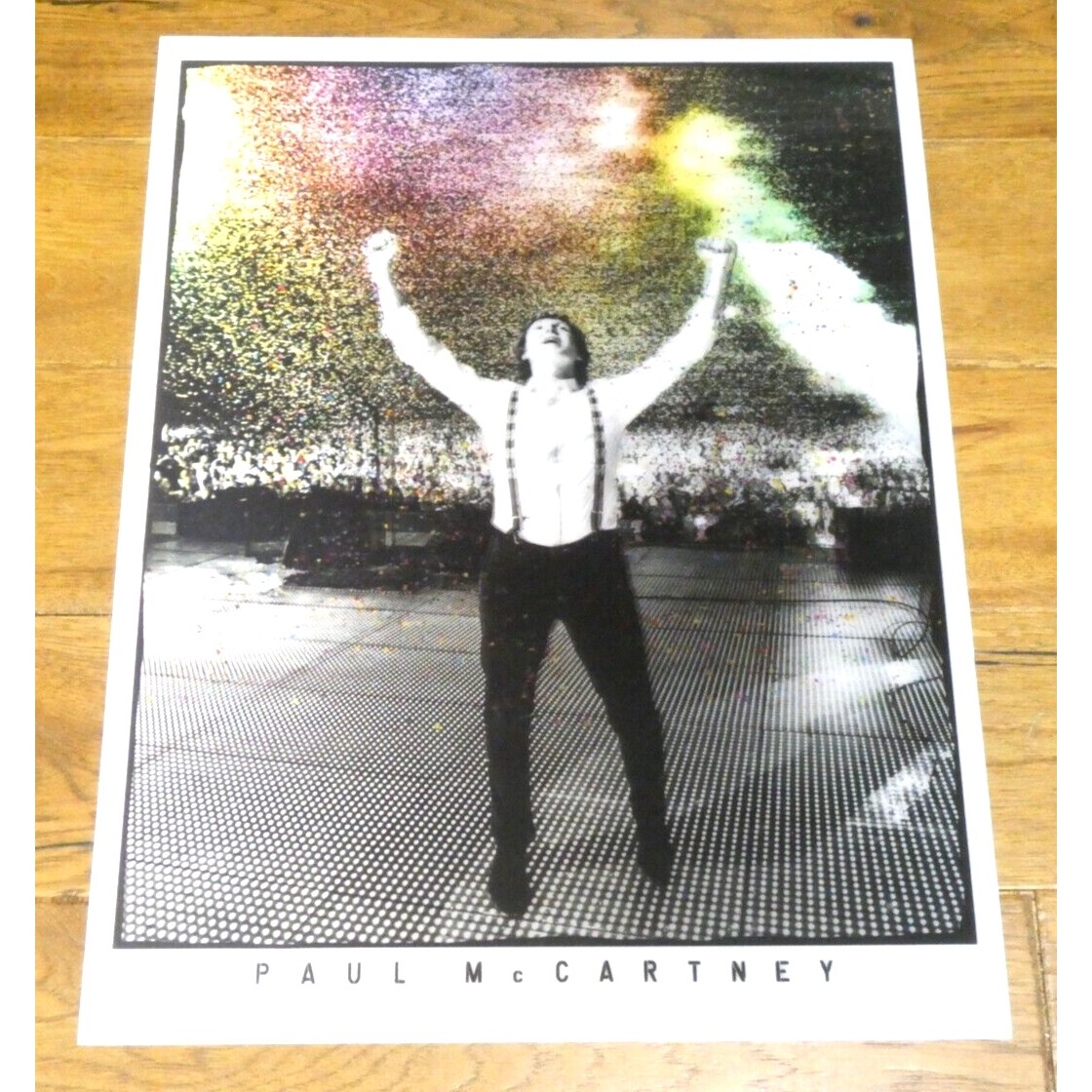Understanding the City Planning Model
Defining the City Planning Model
A city planning model serves as a fundamental framework for envisioning the physical layout and functionality of urban spaces. These models are essential in guiding the organized development of cities, incorporating various elements like infrastructure, land use, transportation, and public amenities. At its core, a city planning model helps urban planners and stakeholders visualize their goals and strategies to foster sustainable and livable urban environments. A well-crafted city planning model showcases the interrelationship between different urban components and offers a holistic view of future developments.
Key Components of Effective Models
Effective city planning models incorporate several key components that contribute to successful urban development:
- Land Use: Defining the allocation of different land uses—residential, commercial, industrial, and recreational—ensures a balanced distribution that promotes accessibility and community well-being.
- Transportation Systems: Planning for efficient transportation networks, including public transit, roadways, and pedestrian pathways, is vital for reducing congestion and enhancing mobility.
- Infrastructure: Quality infrastructure, including water, sewage, and electrical systems, underpins the functionality of urban areas and directly influences residents’ quality of life.
- Environmental Considerations: Sustainable practices, such as green spaces and renewable energy sources, must be integrated into city planning models to combat environmental impacts and promote longevity.
- Community Input: Engaging with local communities ensures that the models reflect the needs and desires of the inhabitants, fostering a sense of ownership and satisfaction in urban planning outcomes.
Importance in Urban Development
The significance of city planning models cannot be overstated. They serve various crucial functions:
- Guiding Development: City planning models provide a clear directional framework, allowing planners to make informed decisions that align with long-term goals.
- Forecasting Impact: By modeling potential scenarios, planners can predict the implications of proposed developments on local economies, environments, and social aspects.
- Resource Allocation: Effective models enable more strategic use of resources by prioritizing critical areas that require investment, thus optimizing economic sustainability.
- Facilitating Communication: Visualization tools inherent in city planning models promote transparency and dialogue among stakeholders, which is vital for collaborative urban governance.
Types of City Planning Models
Traditional Planning Models
Traditional city planning models, often structured around historical frameworks, include approaches such as the:
- Concentric Zone Model: Introduced by sociologist Ernest Burgess in the 1920s, this model suggests that cities grow outward from a central point in concentric circles. Each zone represents different social and economic classes, influencing residential patterns.
- Sector Model: Developed by Homer Hoyt in 1939, this model posits that cities develop in sectors radiating from the center, shaped by transportation routes. This can lead to specialized zones within the city based on socio-economic activities.
- Multiple Nuclei Model: This approach recognizes that cities can develop multiple centers (nuclei) outside the downtown area, catering to diverse functions and activities. This model reflects urban sprawl and varying land uses.
Modern Planning Innovations
Contemporary urban challenges have led to innovative planning models that prioritize sustainable and inclusive urban growth. Key innovations include:
- Smart Growth: Focused on promoting compact urban development, smart growth aims to reduce reliance on automobiles, enhance public transit options, and maintain green spaces.
- New Urbanism: This philosophy advocates for creating walkable neighborhoods that combine residential, commercial, and civic spaces, making urban living more appealing and functional.
- Transit-Oriented Development (TOD): This strategy emphasizes high-density development near public transit hubs, facilitating easier access and reducing traffic congestion.
Comparative Analysis of Models
Understanding the strengths and weaknesses of various city planning models is crucial for effective urban development. A comparative analysis can reveal how different models address contemporary issues:
- For instance, while traditional models like the Concentric Zone and Sector models may effectively describe historical urban developments, modern models such as Smart Growth and New Urbanism are better suited to address current needs like sustainability and community engagement.
- Furthermore, as cities increasingly contend with challenges such as climate change, socio-economic disparities, and evolving demographics, planning models must adapt to remain relevant.
Implementing a City Planning Model
Steps for Successful Integration
The implementation of a city planning model involves a systematic process. The following steps are essential for successful integration:
- Data Collection: Gather relevant data on demographics, land use, traffic patterns, and environmental factors.
- Engagement with Stakeholders: Communicate with community members, local businesses, and government officials to understand their concerns and priorities.
- Model Development: Utilize collected data to construct a functional model that reflects the community’s goals and needs.
- Scenario Testing: Analyze various development scenarios to gauge potential impacts and benefits.
- Feedback and Refinement: Solicit feedback from stakeholders and refine the model based on their input.
- Implementation and Monitoring: Launch the model into practice, followed by continuous monitoring to ensure alignment with expected outcomes.
Tools and Technologies for Planning
Modern urban planning greatly benefits from technology. Here are tools commonly employed:
- Geographic Information System (GIS): This powerful tool helps in visualizing spatial data, optimizing land use, and understanding geographical patterns.
- 3D Modeling Software: Tools like SketchUp and AutoCAD help create realistic representations of urban environments.
- Simulation Software: Programs such as AnyLogic or VISSIM allow planners to model transportation flows and test different urban scenarios effectively.
Best Practices for Urban Planners
To enhance the effectiveness of city planning models, urban planners should adhere to these best practices:
- Prioritize Sustainability: Integrate ecological considerations throughout the planning process, ensuring energy-efficient designs and preserving natural resources.
- Leverage Community Knowledge: Involve local residents in planning discussions to harness their understanding of the area’s unique characteristics and needs.
- Maintain Flexibility: Be prepared to adapt planning models in response to unforeseen changes or feedback from real-world implementation.
- Promote Inclusivity: Develop strategies that cater to diverse populations, ensuring equity in access to resources and opportunities.
Challenges in City Planning Models
Common Obstacles Faced
City planners often encounter multiple challenges when developing and implementing planning models:
- Data Limitations: Incomplete or outdated datasets can hinder accurate analysis and decision-making.
- Community Resistance: Proposed changes can meet with pushback from residents, especially if they feel their needs are not represented.
- Funding Constraints: Financial limitations can restrict the scope of planning initiatives and the implementation of key strategies.
- Changing Regulations: Constantly evolving zoning laws and regulations can lead to confusion and complicate planning efforts.
Case Studies of Challenges
Examining case studies can provide insights into how urban planners have successfully navigated common obstacles:
- In New York City, planners faced significant public opposition to the 421-a tax exemption proposal intended to boost affordable housing. Through comprehensive community engagement processes and transparent information sessions, planners were able to address concerns, leading to a revised proposal that gained broader support.
- In San Francisco, housing affordability remains a pressing issue. The city’s planning department utilized real-time data analysis through GIS technology to identify underutilized parcels and expedite the development of affordable housing, despite funding hurdles.
Mitigation Strategies
Urban planners can apply various strategies to mitigate these challenges:
- Enhancing Data Access: Foster partnerships with data providers to ensure reliable data flows and build comprehensive databases for informed decision-making.
- Community Engagement Workshops: Regularly host community workshops to facilitate dialogue between stakeholders and planners, ensuring everyone’s voice is heard in the decision-making process.
- Securing Diverse Funding Sources: Explore grants, partnerships, and public-private collaborations to enhance financial resources dedicated to urban development projects.
- Staying Informed on Regulation Changes: Continually monitor changes in local regulations and zoning laws, integrating these findings into planning processes to maintain compliance.
The Future of City Planning Models
Sustainable Development Trends
As we look ahead, sustainability will shape the future of city planning models. Key trends include:
- Resilient Cities: Cities are increasingly focusing on resilience against climate change by implementing green infrastructure, enhancing urban forests, and utilizing permeable materials.
- Inclusive Urbanism: Urban planning will prioritize inclusivity, ensuring that marginalized communities have access to services and representation in decision-making processes.
- Smart Technology Integration: Leveraging smart technologies will facilitate efficient resource management, enhancing responsiveness to urban challenges.
Emerging Technologies in Planning
Innovative technologies are revolutionizing city planning:
- Big Data and AI: Advanced data analytics and artificial intelligence are allowing planners to better predict trends and outcomes, leading to more informed decision-making.
- Virtual Reality (VR): VR can facilitate immersive experiences for stakeholders to visualize proposed developments, improving engagement and feedback.
- Blockchain Technology: Transparency in transactions and decisions can be enhanced through blockchain, ensuring that urban development is accountable and equitable.
Envisioning Smart Cities
The grand vision for urban futures is the creation of smart cities. These cities leverage technology to enhance quality of life while promoting sustainability. Key characteristics of smart cities include:
- Interconnected Systems: Integration of IoT devices and smart infrastructure facilitates efficient resource management, emergency response, and public services.
- Citizen Engagement: Empowering citizens through digital platforms enhances engagement in governance and creates a collaborative urban community.
- Data-Driven Decisions: Employing real-time data analytics allows for adaptive urban environments that respond quickly to inhabitants’ needs and preferences.



